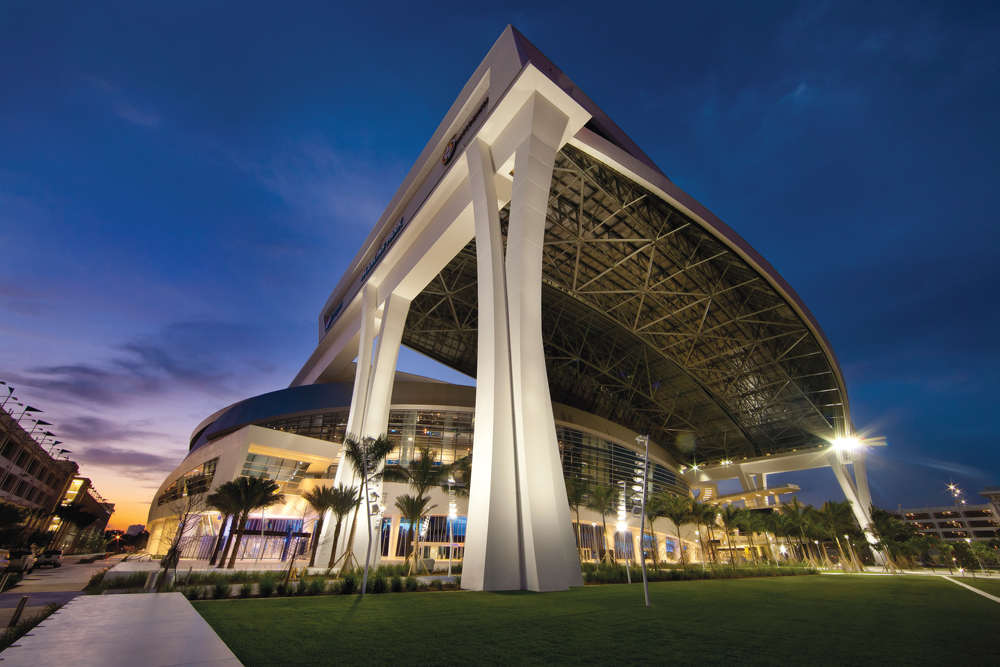TOP ENGINEERING FIRMS
2012 Total Revenue ($)1 Fluor $221,231,2002 Arup $149,738,5873 Affiliated Engineers $105,503,0004 WSP USA $105,362,3525 KPFF Consulting Engineers $91,000,0006 Syska Hennessy Group $82,097,5027 Henderson Engineers $63,485,7758 Smith Seckman Reid $52,919,3129 KJWW Engineering Consultants $51,092,15410 Vanderweil Engineers $50,552,200
TOP ENGINEERING/ARCHITECTURE FIRMS
2012 Total Revenue ($)1 Jacobs Engineering Group $2,715,210,0002 AECOM Technology Corp. $1,610,390,0003 Parsons Brinckerhoff $337,900,0004 URS Corp. $314,266,7575 Buro Happold Consulting Engineers $194,220,0006 Burns & McDonnell $160,645,0007 Thornton Tomasetti $124,575,3938 Science Applications International Corp. $120,249,6869 Merrick & Co. $103,998,00010 SSOE Group $103,708,918
Read BD+C's full Giants 300 Report
Related Stories
| Mar 20, 2014
D.C. breaks ground on $2B mega waterfront development [slideshow]
When complete, the Wharf will feature approximately 3 million sf of new residential, office, hotel, retail, cultural, and public uses, including waterfront parks, promenades, piers, and docks.
| Mar 20, 2014
13 dazzling wood building designs [slideshow]
From bold structural glulam designs to striking textured wall and ceiling schemes, these award-winning building projects showcase the design possibilities using wood.
| Mar 20, 2014
Fluor defines the future 7D deliverable without losing sight of real results today
A fascinating client story by Fluor SVP Robert Prieto reminds us that sometimes it’s the simplest details that can bring about real results today—and we shouldn’t overlook them, even as we push to change the future state of project facilitation.
| Mar 19, 2014
Architecture Billings Index shows slight improvement
The American Institute of Architects (AIA) reported that the February ABI score was 50.7, up slightly from a mark of 50.4 in January.
| Mar 19, 2014
Gehry, Zaha, Foster, Meier: Vote for your top 'starchitect' in this March Madness design legends tourney
Fast Company's Bracket Madness tournament pits 32 designers against each other to see who truly is the world's greatest living designer.
| Mar 19, 2014
Is it time to start selecting your own clients?
Will 2014 be the year that design firms start selecting the clients they want rather than getting in line with competitors to respond to RFPs? That’s the question posed by a recent thought-provoking article.
| Mar 19, 2014
How to develop a healthcare capital project using a 'true north charter'
Because healthcare projects take years to implement, developing a true north charter is essential for keeping the entire team on track and moving in the right direction.
| Mar 18, 2014
6 keys to better healthcare design
Healthcare facility planning and design experts cite six factors that Building Teams need to keep in mind on their next healthcare project.
| Mar 18, 2014
How your AEC firm can win more healthcare projects
Cutthroat competition and the vagaries of the Affordable Healthcare Act are making capital planning a more daunting task than ever. Our experts provide inside advice on how AEC firms can secure more work from hospital systems.
| Mar 18, 2014
Charles Dalluge joins DLR Group as president, COO
CEO Griff Davenport announces addition of Dalluge to executive leadership team
















